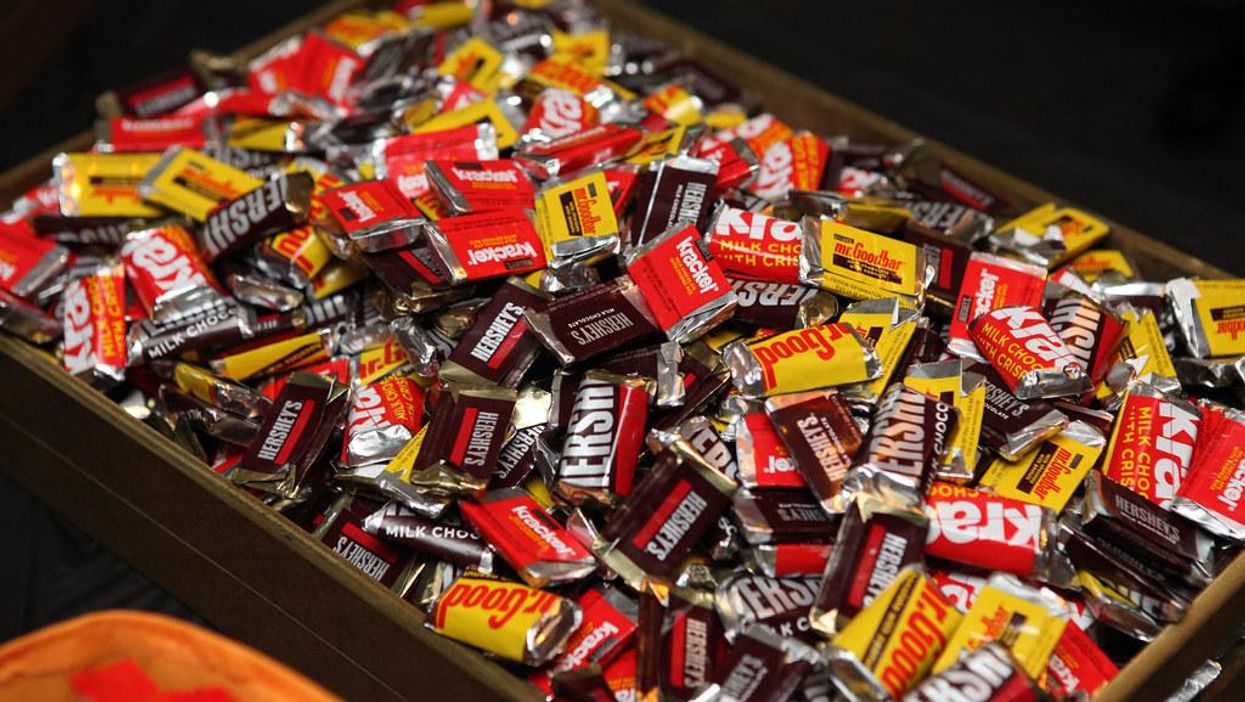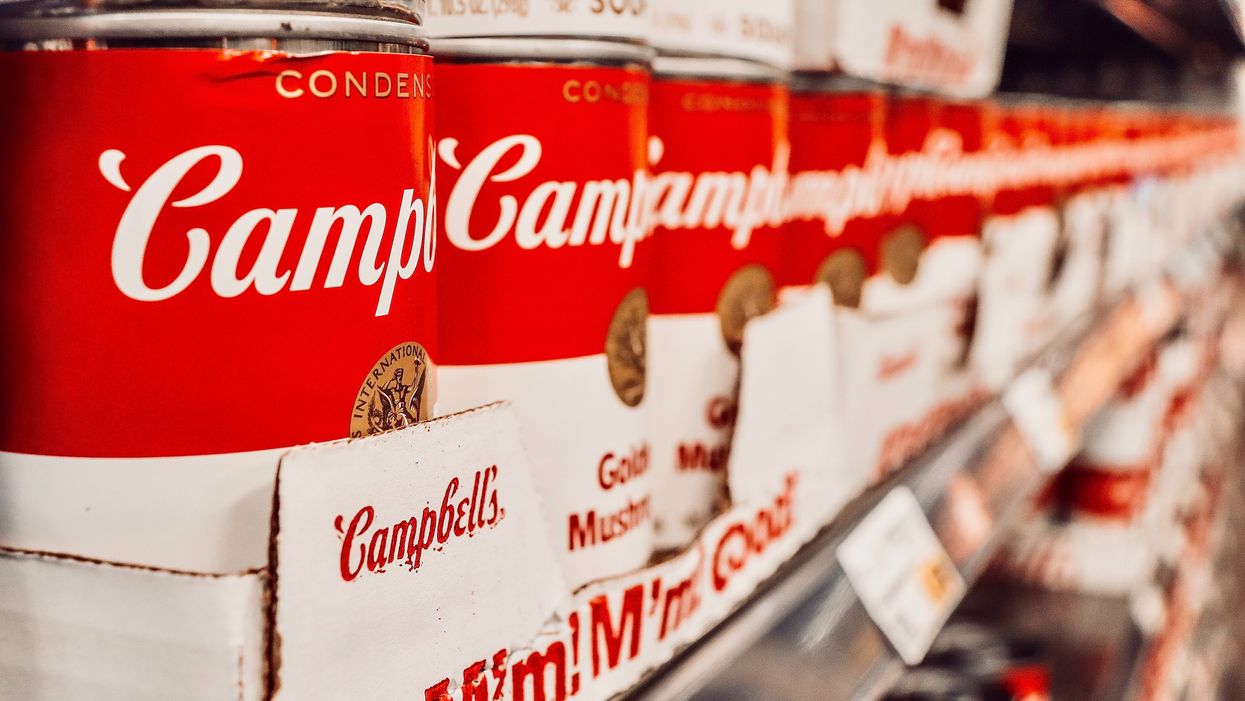The last two years brought many distinct economic swings: Pandemic, supply chain challenges, inflation, inventory glut. The effects of these aren’t playing out in isolation. Rather, they are overlapping.
While the conversation is currently focused on inflation and a potential downturn in consumer spending, it’s worth remembering that supply chain constraints are still present for consumer goods companies, even though the bottlenecks of 2021 are no longer as prevalent. Reports of shortages have continued, with products ranging from baby formula to tampons to sri racha hot sauce becoming more difficult to find in recent months.
Hershey recently delivered the latest sign that the supply struggles aren't completely over: The company warned that it won’t be able to deliver enough Halloween candy to meet demand.
Public company earnings calls to recap the second quarter offered insights into what’s going on behind the scenes.
Disruptions still present
For apparel company Skechers, delays remain present in Asia, where the pandemic continues to affect business operations.
“We continued to experience challenges from shipment delays, particularly in Asia as a result of COVID-related countermeasures to domestic processing congestion in our distribution centers and those of our customers,” said CFO John Vandemore.
Supply chain issues affect the future as much as they do the present, as goods are ordered months in advance to arrive for specific seasons. So it's a factor as the company looks toward the rest of the year, as well.
“Our supply chain and logistics teams are working diligently to ensure our products are delivered to our customers and stores and ultimately reach our consumers as quickly and efficiently as possible," Vandemore continued. "However, we do expect supply chain disruptions to continue to constrain our ability to fully meet consumer demand and to drive distribution inefficiencies throughout the balance of the year.”
Smoother sailing
Still, there are signs of improvement.
“Relative to the last time we updated you, we're starting to see the level of supply chain disruption ease, albeit nowhere near the pre-pandemic normal,” said Matt Puckett, CFO of VF Corp., the apparel company that owns Vans, The North Face and Dickies.
Puckett offered commentary on the steps that move goods from production to retail.
“In terms of logistics, we're seeing improved transit times across the water, reflecting a slight ease in congestion and shortened dwell times in port,” Puckett said. “This is leading to overall better predictability and reliability. From a cost standpoint, there is some abatement in spot rates, both ocean and air, albeit these remain high relative to historic levels.”
A whole new level
According to Nestle CFO François-Xavier Roger, the supply chain challenges for the food company are coming on three levels: Capacity, transportation and access to raw materials. Finding trucks and drivers was particularly "tense" in the second quarter, Roger said, while the war in Ukraine led to difficulty in obtaining raw materials.
“This has been a year of extraordinary supply chain challenges and input cost inflation,” said Mark Schneider, CEO of Nestle. “The situation was difficult before, but the war in Ukraine brought this to a whole new and unforeseen level, in particular for the food industry.”
Second-half challenges
Supply chain is one of the reasons Columbia Sportswear is taking a more conservative approach to its outlook for the rest of the year.
"Supply chain challenges remain elevated and are anticipated to continue throughout the rest of the year," CEO Tim Boyle said. "We have worked to mitigate supply chain constraints by taking orders earlier from our retail partners and placing orders earlier with our factory partners."
As-yet-unsolved labor negotiations in West Coast ports and continuing pandemic restrictions in China are among the factors playing into the company's considerations.
Candy capacity
Hershey, which makes Reese’s, KitKat and Twizzlers alongside its eponymous chocolate products, offered a view into how supply chain issues have shifted over the last two years.
“Where we are now, I would say early on it was some of the basic logistics issues largely driven by labor, and as we've evolved, I'd say we're now starting to see bigger concerns relative to scarcity of ingredients needing to leverage different suppliers at higher cost and price points in order to secure production,” said Michele Buck, CEO of Hershey.
The war in Ukraine has led to issues sourcing raw materials, and natural gas disruptions in Europe, Buck said.
Combined with capacity constraints, this is leading to a shortage that may leave some trick-or-treat bags lighter this year.
When it comes to Halloween and holiday candy, “We will not be able to fully meet consumer demand,” Buck said. The company makes every day and seasonal candy using the same production line. When it made decisions about what to make in the spring, it identified a need to improve the every day inventory, which took precedent over the seasonal candy.
“We have a strategy of prioritizing everyday on-shelf availability,” Buck told analysts, adding that the company is still expecting single-digit growth through the fourth-quarter holidays.
“It was a tough decision to balance that with the seasons, but we thought that was really important.”












